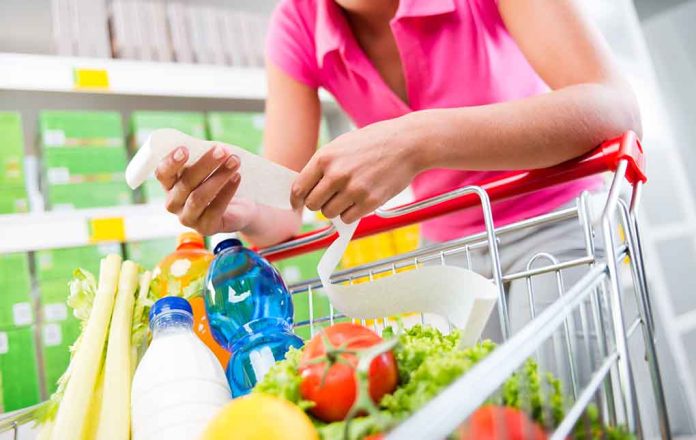
(NewsInsights.org) – Shoppers in San Francisco are now benefitting from a new program that allows them to shop for groceries without paying a dime. The city recently opened a $5.5 million food pantry in Bayview-Hunters Point that’s designed to operate just like a regular grocery store in almost every other respect.
Pictures of the District 10 Community Market on 5030 3rd Street show shelves lined with staples like bread, canned tomatoes, evaporated milk, and various other necessities. A row of coolers along the back contains eggs, dairy, and other perishables that those suffering from food insecurity often struggle to access.
In a clear departure from the typical “take what you’re given” approach of many food banks, District 10 invites eligible shoppers to come right in and select the items they need just as they would at the grocery store down the street. A staff member then scans the order through a checkout booth — but only for inventory tracking purposes.
Notably, District 10 isn’t open to the general public. According to the project’s website, the program is intended to serve as a supplement for those on food stamps and other government benefit programs, such as CalFresh, Medi-Cal, or CalWORKs. Eligible recipients must make no more than 300% of the federal poverty line, have children, suffer from a diet-related illness (such as Celiac Disease), and/or be referred by another organization to qualify.
The Bayview-Hunters Point Multipurpose Senior Services Center is in charge of operating the market, at least for now, although the city may roll out more locations later on. Leaders say the overarching goal of the program is to provide those suffering from food insecurity with reliable access to healthy, nutritious food while also retaining their dignity.
Bayview-Hunters Point comprises just three zip codes, 94124, 94107, and 94134, and is home to just over 40,000 residents. However, the area suffers from relatively high property crime rates, which have reportedly led to grocery store closures. The US Department of Agriculture was eventually forced to label the region a “food desert” as a result.
Copyright 2024, NewsInsights.org

















